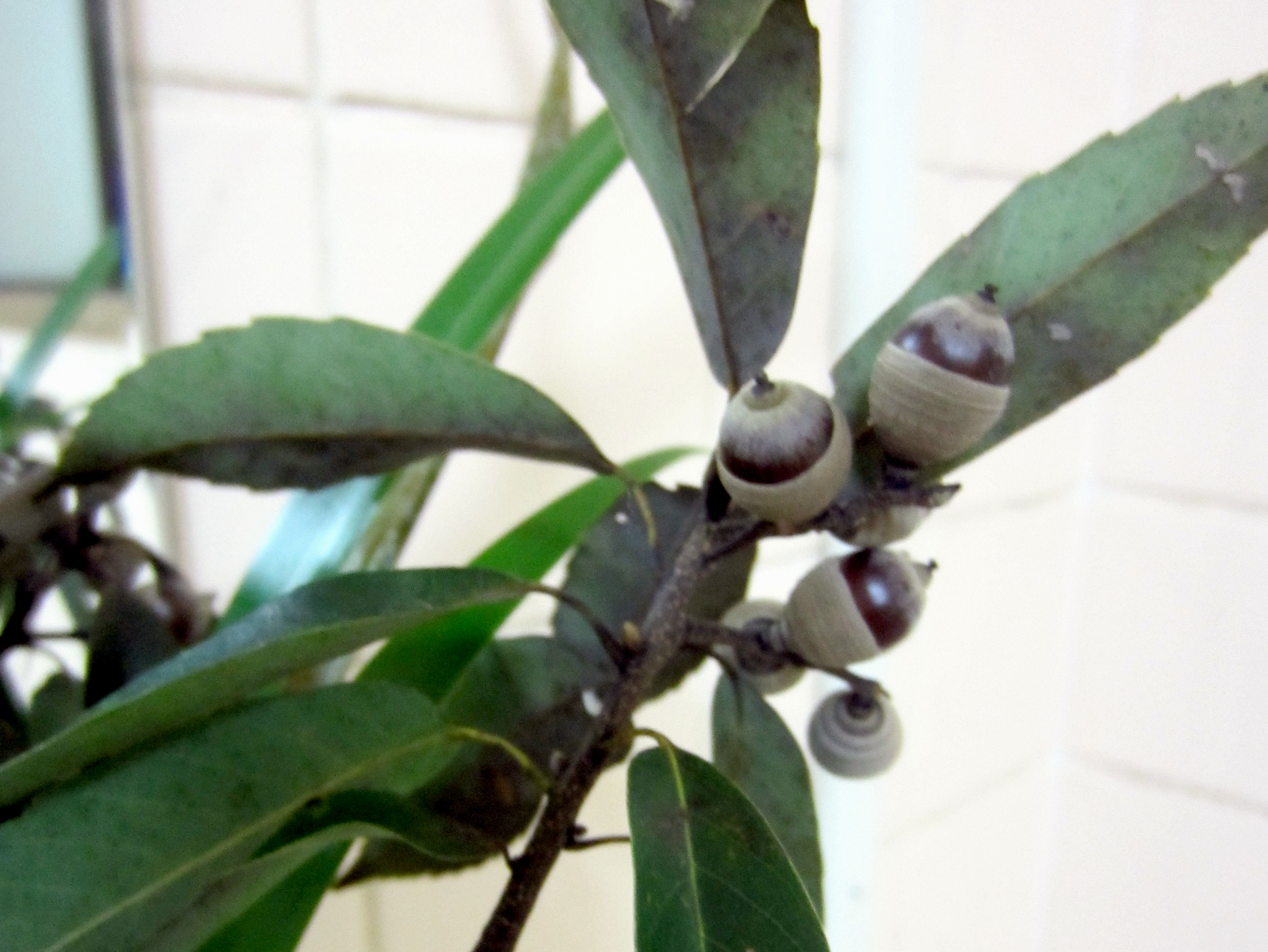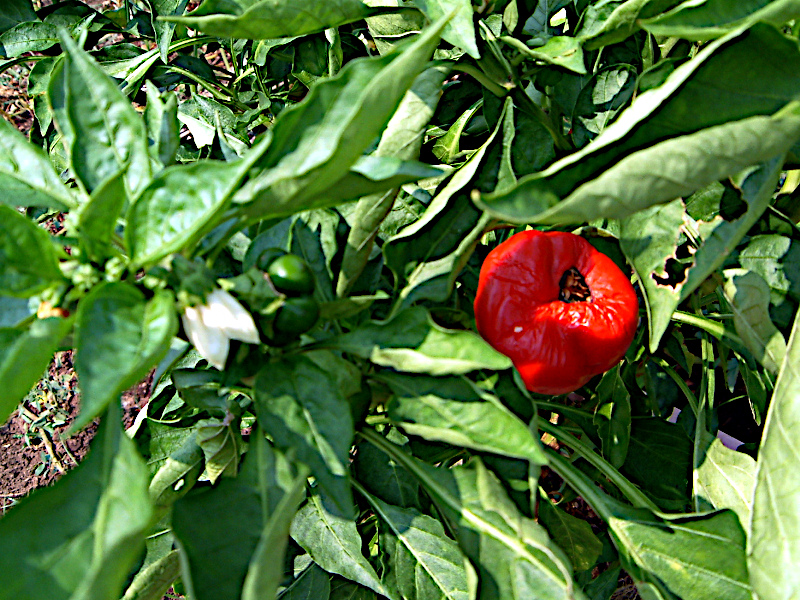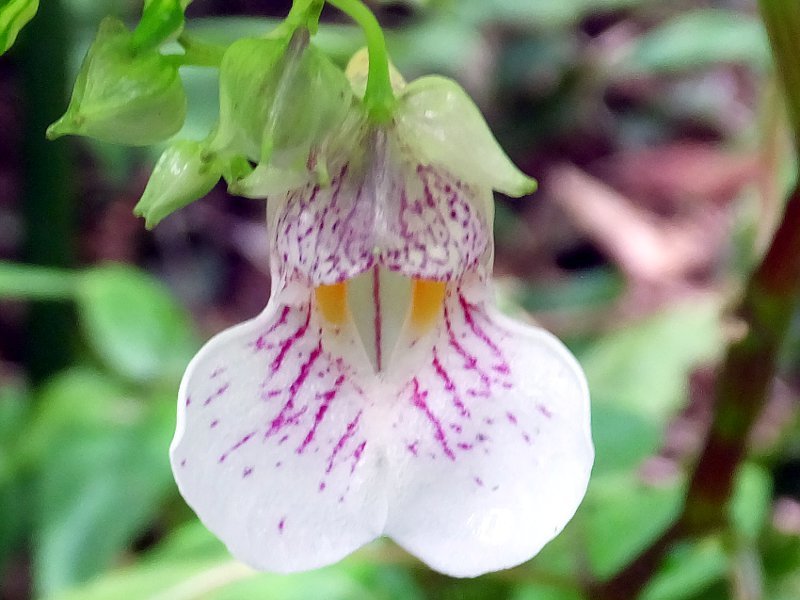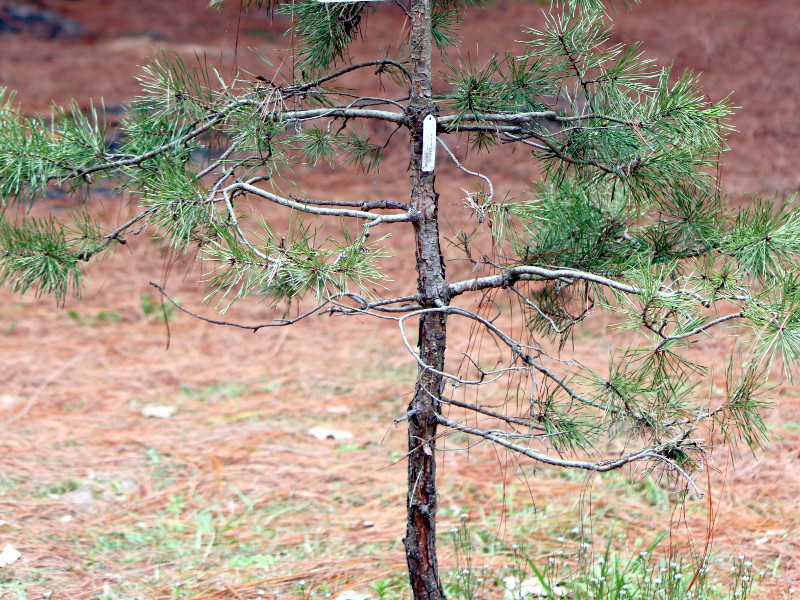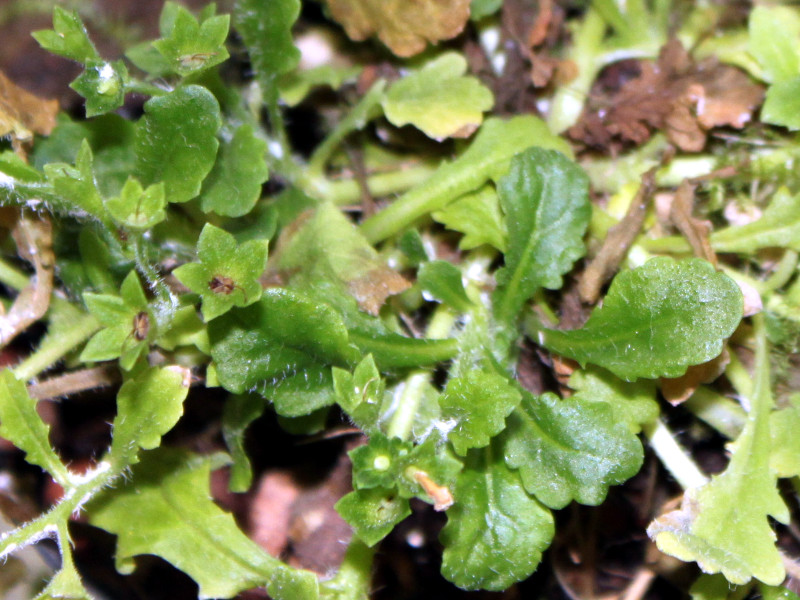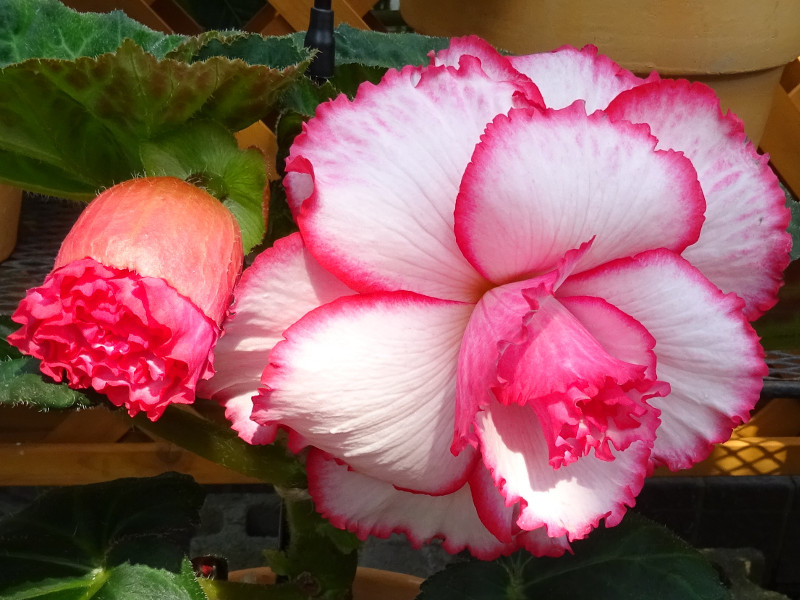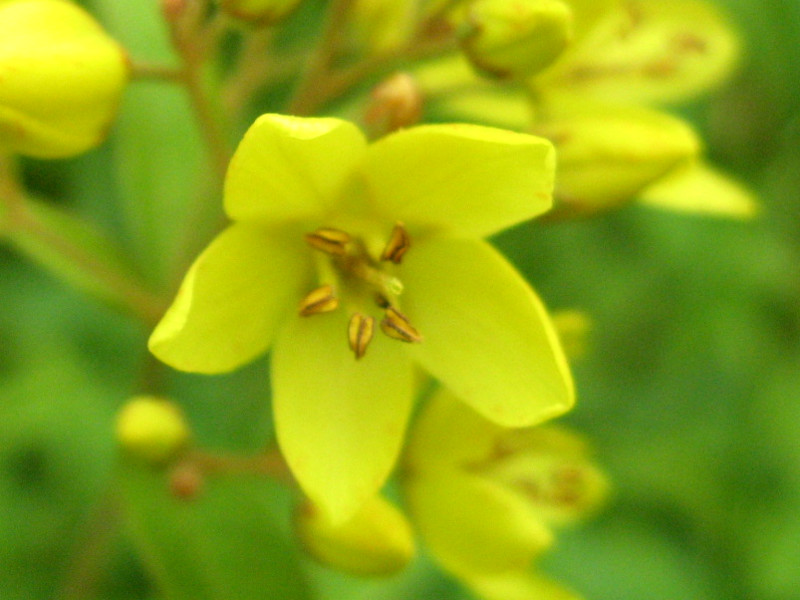Quercus gilva
- Flower nameQuercus gilva
- Scientific nameQuercus gilva
- Alias一位樫, ロガシ, 櫓樫
- Place of originJapan-East Asia
- Place of floweringCemetery & Temple
- Flowering seasonApril, May
What is Quercus gilva
Gilva , scientific name:Quercus gilva , is an evergreen broadleaf trees of the Quercus genus of the department Fagaceae native to East Asia include Japan. Bark of young trees is grey-brown, becoming old and dark gray and the chipped on and off. And the hair grows green, leaf, leaf table, looks white. And only top sharp serrated leaf margins, are pointed at the tip. In Monoecious flowering in the spring. Acorn without harshness unusual and can be eaten raw. Shrine sacred tree or wood is used. Durable material, so is used to the tower building and the ship.
Generic name: gilva,
scientific name:Quercus gilva,
distribution: Japan and East Asia, living environment: cliff, rock, living type: evergreen trees, height: 15-30 m, Bark: dark gray with ash brown color (young) randomly falling (old), growth: somewhat slow, leaf shape: lanceolate fall to Tsim, leaf color: green, leaves behind colour: whitish, leaf quality: somewhat stiff, leaf margin: top sharp serrated at the bottom is all edges, flower color: pale yellow, Monoecious, flowering period: April-May, fruit: nuts, Acorn shape: oval-shaped with vertical stripes of cupules: horizontal stripes are long velvet hair instead of coating the fruit edible: Lye, and raw food-friendly, materials: sturdy and uses: shrine sacred tree, wood, Park trees, building materials, utensils (boat OAR)
